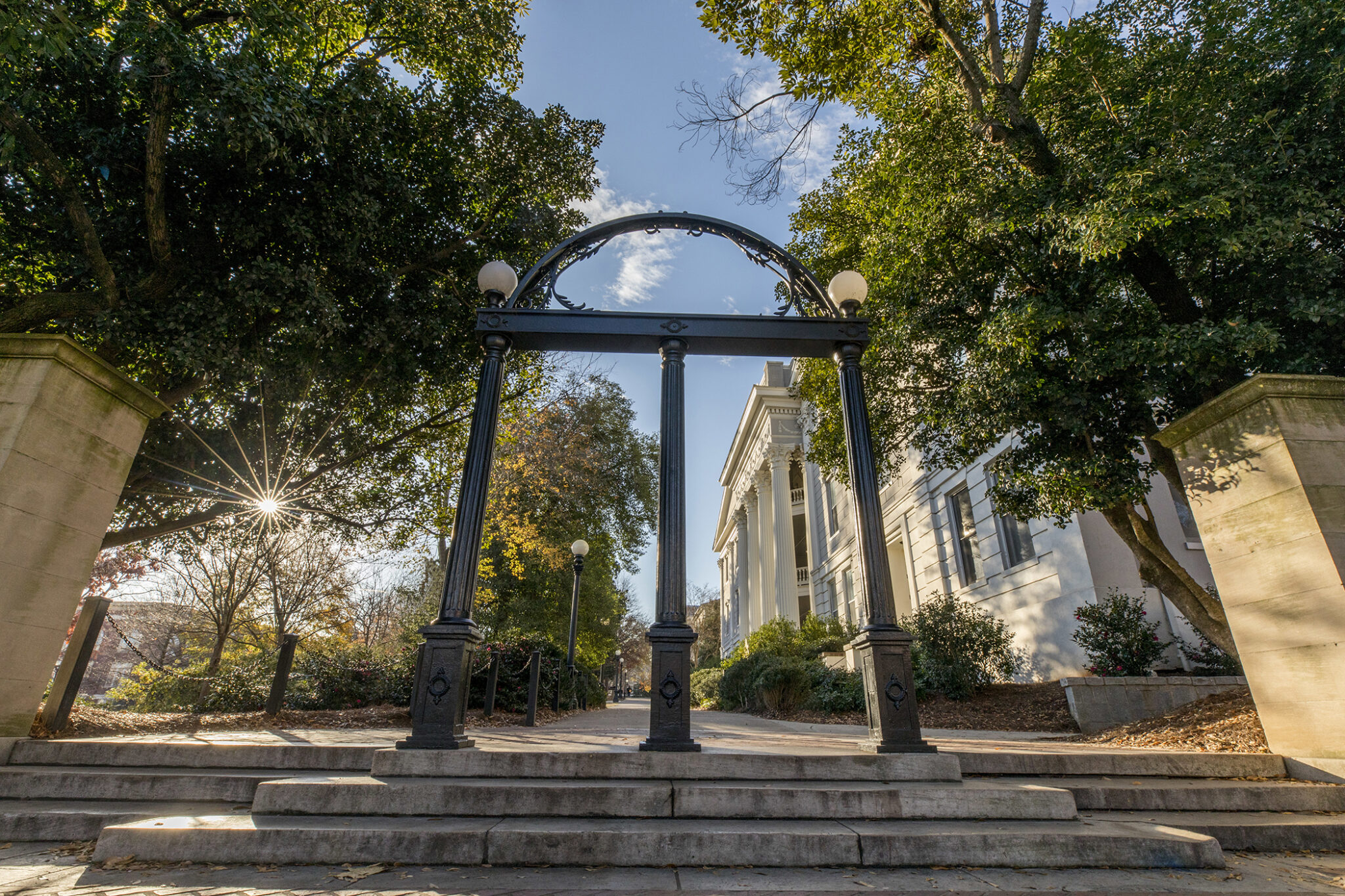From Sept. 16–17, the Liaison Committee on Medical Education (LCME) completed its preliminary accreditation site visit for the University of Georgia School of Medicine. The…
Nearly 500 UGA students volunteer in the Athens community
September 17, 2025
On Sept. 13, the University of Georgia celebrated Dawg Day of Service, the largest day of student community service in Athens. 488 students volunteered with…
UGA hosts second annual 9/11 memorial stair climb
September 11, 2025
The University of Georgia is honoring the 24th anniversary of the World Trade Center 9/11 attacks with the second annual memorial stair climb. Following its inaugural…
UGA-Boehringer partnership wins award for sustainability program
September 3, 2025
The University of Georgia’s ongoing partnership with Boehringer Ingelheim has not only impacted lives and industry, but now boasts a Golden Helix Phoenix Award for…
UGA earns high marks in latest Forbes and Niche rankings
August 27, 2025
The University of Georgia continues to be recognized among the nation’s top institutions of higher education, earning strong placements in the latest rankings from Forbes…
Remodeled UGA Bookstore celebrated with ribbon cutting
August 25, 2025
Dozens of members of the University of Georgia and Follett Higher Education gathered on Aug. 22 for a ribbon cutting at the UGA Bookstore. The…
UGA begins work on next strategic plan
August 22, 2025
Beginning this fall, the University of Georgia will launch a wide-ranging planning process to formulate the institution’s next five-year strategic plan. The strategic plan will…
UGA opens creative hub for collaboration and innovation
August 19, 2025
The University of Georgia is reimagining learning spaces by combining resources that allow students to experiment with their ideas and bring them to life with…
UGA moves forward with new School of Nursing
August 15, 2025
In May, the University System of Georgia Board of Regents authorized the establishment of an independent School of Nursing at the University of Georgia. At…
New Faculty Orientation prepares faculty for success at UGA
August 15, 2025
New faculty received a warm welcome from the University of Georgia on Aug. 1 during New Faculty Orientation. The event, hosted by the Office of…










